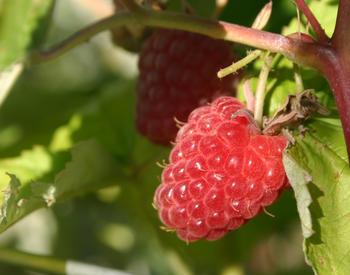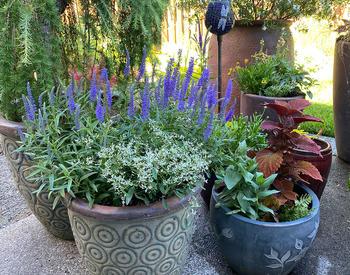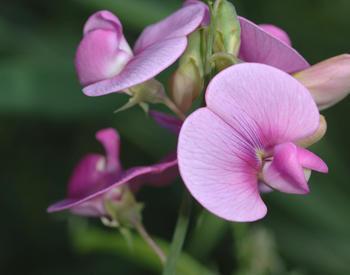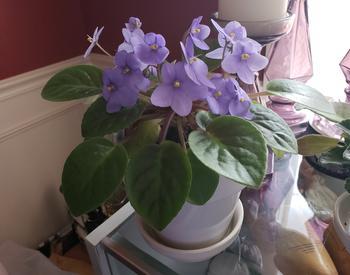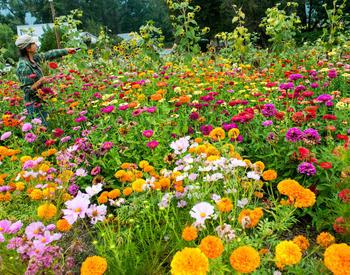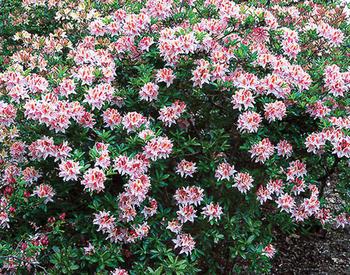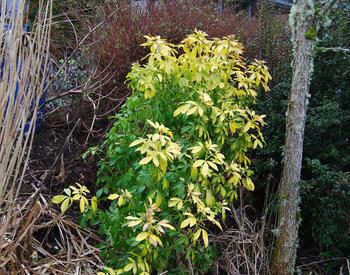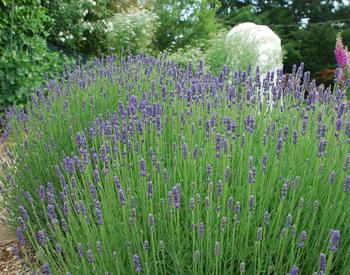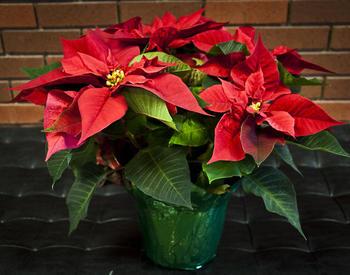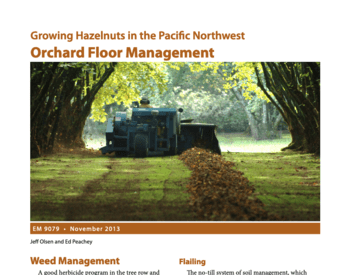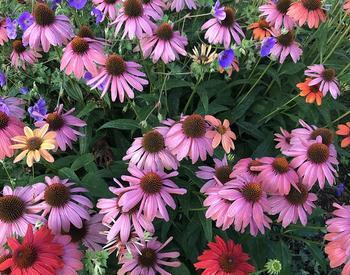Wildflowers in the home landscape are an option for gardeners who wish to bring the natural beauty of wildflowers into their own yards. True wildflower patches or fields take on a natural, informal appearance in a landscape. The flower patches evolve over time and change as the dominant seeds in the mix spread more quickly. It is important to know how to grow and care for these plants properly, so they can add beauty and color to your garden year after year!
Choosing a site
Most wildflowers prefer full sun, well-drained soils, and open areas free of weeds and native grasses (the competition).
Preparing the site
Water the site you chose for several weeks to germinate any weed seeds. Then, remove any weeds or native grasses by pulling by hand, tilling or using a non-selective type of herbicide.
Once you have removed the dead weeds, you are ready to gently loosen the top 2 to 4 inches of soil. Deep tilling tends to bring up too many weed seeds that will cause you problems later on.
You might need to amend the soil with some kind of organic matter or compost, especially in the nutrient deficient, rocky soils of Central Oregon.
Planting and seeding rate
Commercial wildflower seeds can be planted successfully either in spring or fall. Seeding rate is one ounce of seed per 125 square feet or as directed on the package. You can distribute the seed using a hand seed-spreader.
Spring planting
- Gently water the site for one month before planting to improve germination after seeding.
- Seed one month before the last hard frost (beginning of May is typically a good time to seed in Central Oregon). Keep the area lightly irrigated while seeds are germinating, if there is no rain or other precipitation.
Fall planting
- Plant late enough in the fall that germination will not occur until spring (usually early November in this region).
- Seeds will germinate the following spring with rain or other precipitation.
Choosing a seed mix
Try to choose plant species that are native to your local region to attract native pollinators and to avoid introducing any invasive species. Mixes may include annuals, biennials, and perennials.
Here are some wildflowers to consider for Central Oregon:
- Black-eyed Susan Rudbeckia hirta
- Blue Flax Linum perenne
- California Popp Eschscholzia californica
- Coneflower, Purple Echinacea purpurea
- Foxglove Digitalis purpurea
- Godetia Clarkia amoena
- Lance-leaf Coreopsis Coreopsis lanceolata
- Mountain Hollyhock Iliamna rivularis
- New England Aster Aster novae-angliae
- Pot Marigold Calendula officinalis
- Scarlet Gilia Ipomopsis aggregata
- Sweet William Pinks Dianthus barbatus
